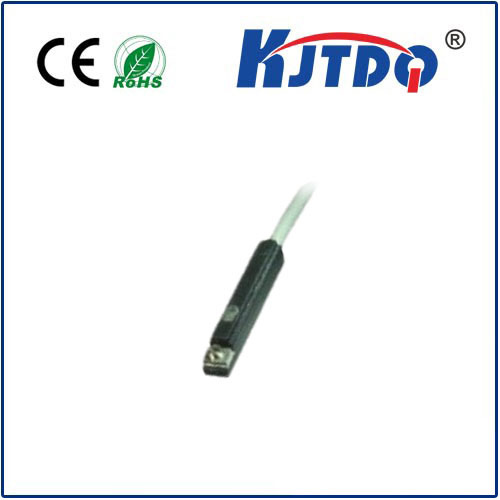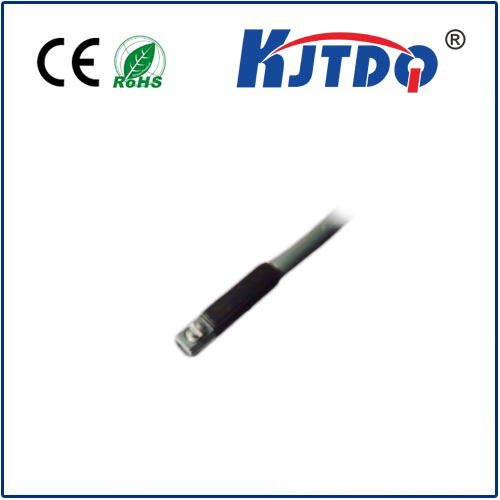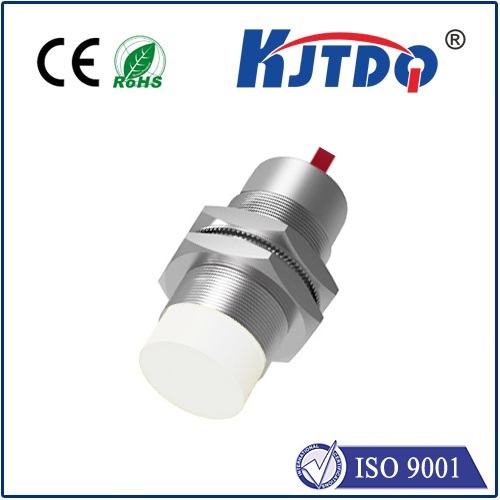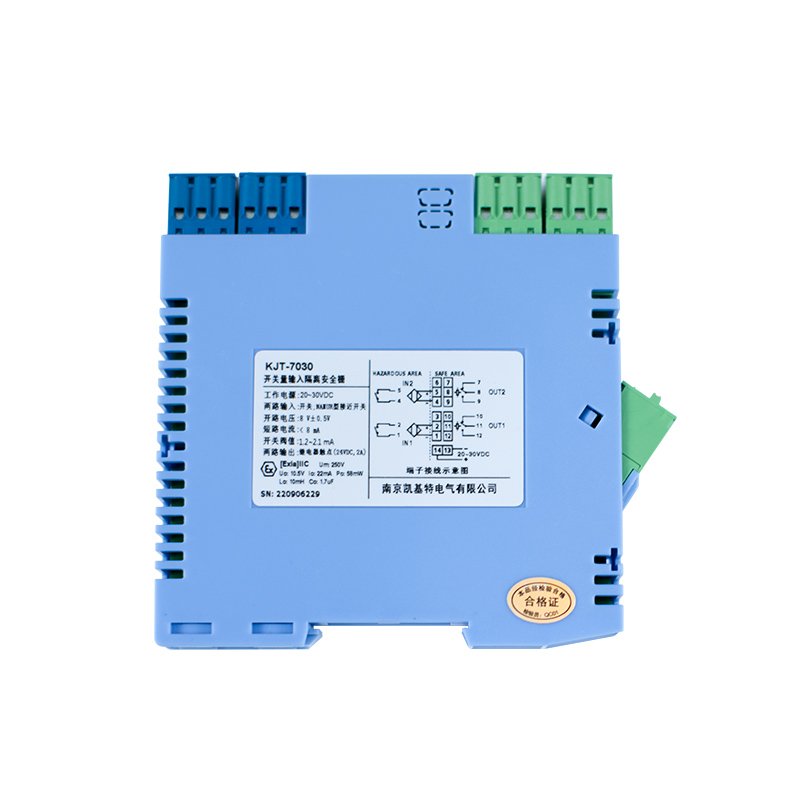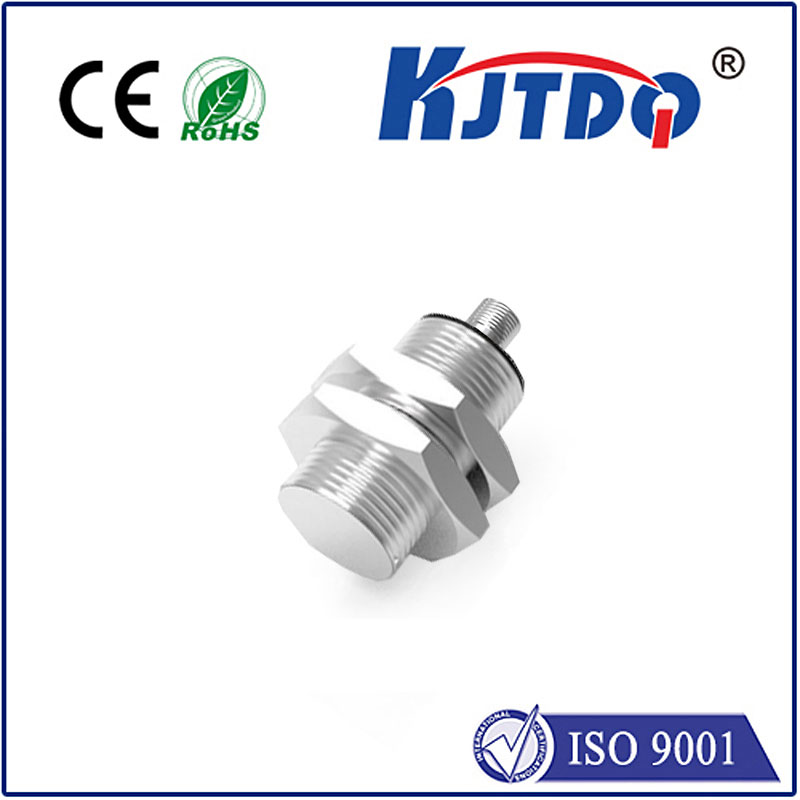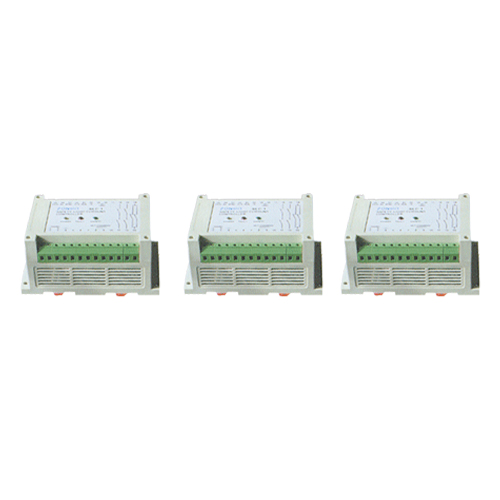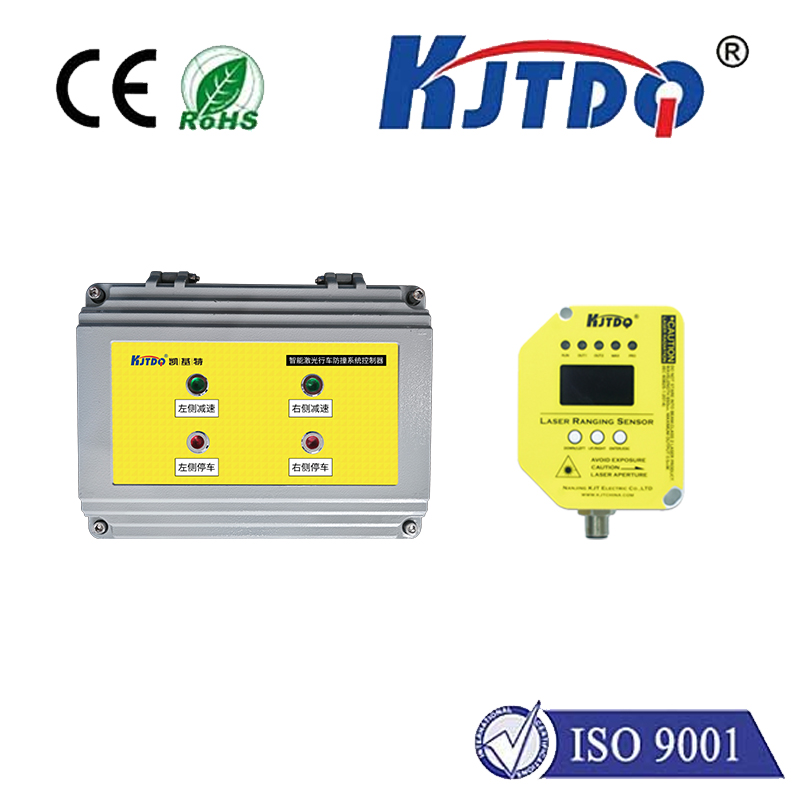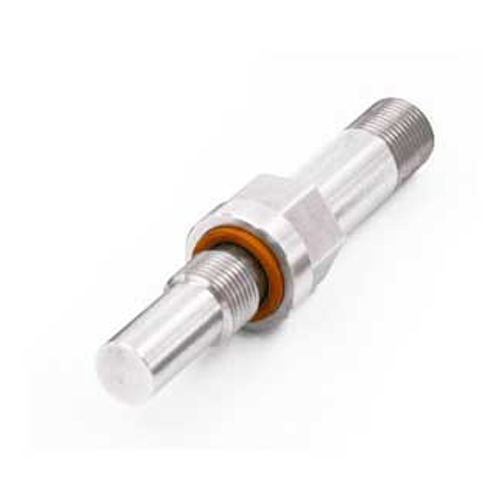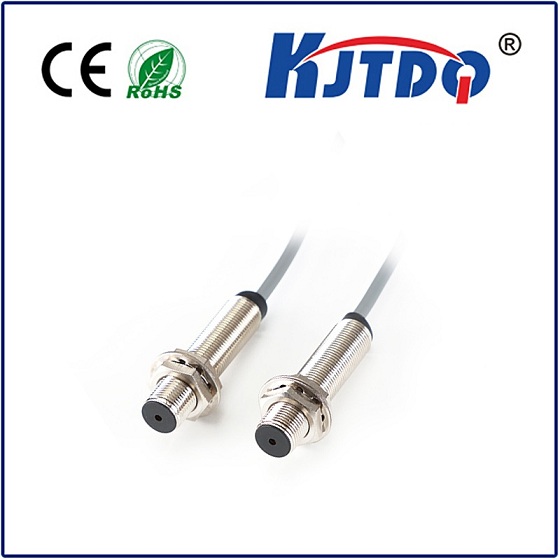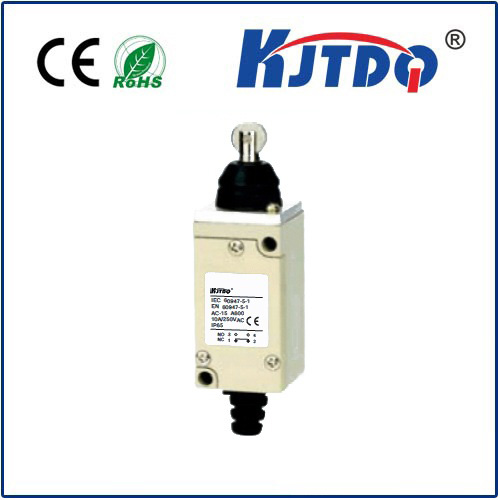BES0464 proximity sensor
- time:2025-10-14 06:32:44
- Click:0
BES0464 Proximity Sensor: Precision Detection Powering Modern Automation
In the intricate dance of modern industrial machinery, automotive assembly lines, and smart appliances, the silent heroes often go unnoticed. Among them are proximity sensors – devices that detect the presence of objects without physical contact. And within this crucial category, the BES0464 proximity sensor has carved a niche for itself as a reliable workhorse. Understanding its capabilities is key to unlocking smarter, safer, and more efficient operations across countless applications.
What Exactly is the BES0464 Proximity Sensor?
The BES0464 belongs to a family of inductive proximity sensors. At its core, this type of sensor operates by generating an electromagnetic field. When a metallic object enters this field, it causes measurable disturbances (like eddy currents), which the sensor detects to signal the object’s presence. The “BES0464” designation specifically refers to a particular model, typically implying specific electrical characteristics, physical dimensions, sensing range, and output configuration.
These sensors are prized for their robustness, non-contact operation (eliminating wear and tear), high switching frequencies, and immunity to environmental factors like dust, oil, and moisture – especially when appropriately rated. Inductive sensors like the BES0464 excel at detecting metallic targets, primarily ferrous metals like steel and iron, often with different sensing ranges for different metal types.

Key Features Defining the BES0464 Proximity Sensor
While exact specifications can vary slightly depending on the manufacturer and potential variants within the “BES0464” designation, core attributes are consistently highlighted:
- Compact Form Factor: Designed for easy integration into tight spaces on machinery, equipment, or fixtures. Size optimization is often critical in modern design.
- Standardized Sensing Range: Typically offering a nominal sensing range (e.g., 2mm or 4mm are common), engineered for reliable detection within practical industrial distances. Repeatability and hysteresis characteristics ensure dependable switching points.
- Robust Construction: Featuring rugged housing materials like PBT (polybutylene terephthalate) or nickel-plated brass, providing excellent resistance to common industrial chemicals, oils, and coolants. High IP ratings (like IP67 or IP68) guarantee protection against dust ingress and temporary immersion.
- EMC Resilience: Engineered with superior electromagnetic compatibility (EMC), minimizing susceptibility to interference from nearby motors, drives, or welders, ensuring stable operation in electrically noisy environments.
- Output Configuration: Commonly available as a 3-wire DC sensor with either NPN (sinking) or PNP (sourcing) transistor outputs. This standard 3-wire setup simplifies wiring and integration into PLCs (Programmable Logic Controllers) or other control systems. Look for variants offering Normally Open (NO) or Normally Closed (NC) switching logic.
- Reliable Connection: Typically equipped with a fixed cable or a standardized connector variant (like M12), ensuring secure and straightforward electrical connections.
Where the BES0464 Proximity Sensor Excels: Applications Galore
The combination of durability, reliability, and non-contact sensing makes the BES0464 proximity sensor incredibly versatile. You’ll find it playing a vital role in numerous sectors:
- Industrial Automation: Detecting position of machine parts (end-of-stroke on cylinders), confirming workpiece presence on conveyors or pallets, checking tool position in CNC machines, and monitoring part counts. Its reliability directly impacts production uptime.
- Packaging Machinery: Verifying presence of lids, bottles, or cartons; controlling filling levels (metal components); confirming box flap closure.
- Material Handling: Monitoring position of lifts, elevators, and automated guided vehicles (AGVs); detecting pallets on racks or conveyors.
- Automotive Manufacturing: Ensuring components are correctly positioned for welding or assembly; detecting pistons or shafts; verifying wheel presence on test rigs. The BES0464’s robustness handles demanding assembly line conditions.
- Machine Safety: Used as part of safety interlock systems to confirm guards are closed before machinery operates.
- General Machinery: Detecting door closure, monitoring rotational speeds by sensing gear teeth, confirming the presence of metal components in various equipment.
The Tangible Benefits: Why Choose a Sensor Like the BES0464
Implementing reliable proximity sensors translates into significant operational advantages:
- Enhanced Reliability: No moving parts subject to mechanical wear, leading to long service life and minimal maintenance requirements.
- Improved Safety: Non-contact detection keeps operators safe and enables critical safety interlocks.
- Increased Efficiency: High switching speeds and precision enable faster machine cycles and smoother automation processes.
- Reduced Downtime: Robust construction and immunity to harsh environments minimize unexpected failures.
- Cost Savings: Lower maintenance costs, fewer replacements, and improved process efficiency contribute to a strong return on investment.
Selecting the Right Sensor: Is the BES0464 Proximity Sensor Suitable?
Choosing the correct sensor is paramount. When considering the BES0464, ask these key questions:
- Target Material? Is it reliably detectable ferrous metal? (Best for steel/iron). If non-ferrous metals, plastics, or liquids need detection, other sensor types (capacitive, ultrasonic, photoelectric) might be needed.
- Required Sensing Distance? Ensure the nominal range (e.g., 4mm) comfortably covers the application gap with necessary safety margin (typically 10-20% derating is recommended).
- Environment? Confirm the IP rating (e.g., IP67 for temporary water immersion) matches the environmental conditions (dust, splashes, washdown).
- Electrical Needs? Does the control system require an NPN or PNP output? Is DC voltage (e.g., 10-30V DC) compatible? What cable length or connector type is needed?
- Mounting Constraints? Will the sensor’s physical size and shape fit the available space?
The BES0464 proximity sensor stands as a testament to the power of simple, robust technology solving complex problems. Its ability to provide reliable, non-contact detection of metallic objects makes it an indispensable component driving efficiency and safety in the background of countless automated systems. From the hum of a factory floor to the precision of an assembly robot, this sensor plays a crucial, often unseen, role in keeping the wheels of modern industry turning smoothly. Understanding its specifications and capabilities empowers engineers and technicians to make informed decisions for optimal system performance.






